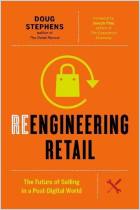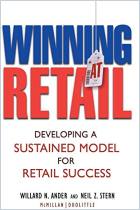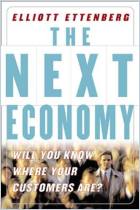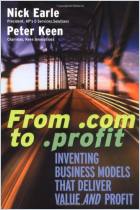
The New Rules of Retail
Competing in the World's Toughest Marketplace
Recommendation
Retailing has changed dramatically: Producers and marketers no longer control what, how and if customers buy. Modern-day consumers now tell you what they want to buy, how they want to buy it and whether they’ll let you sell it to them. Retail industry consultants Robin Lewis and Michael Dart combine experience and original research in their pragmatic, useful analysis of how the industry has evolved since the rise of the Internet. They offer a clear, logically progressive discussion, with instructive observations about stores, brands and the three “new rules of retail.” Although their explanation is long on theory and examples, it’s short on specific how-tos. Nonetheless, getAbstract recommends this eye-opening book – and eye-catching, too, with its great charts and diagrams – to manufacturers, marketers and retailers. Consumers, too, will relish its fascinating insights into their psyches.
Summary
About the Authors
Robin Lewis, CEO and publisher of The Robin Report, is a professor at the Fashion Institute of Technology. Michael Dart is a senior partner and managing director at Kurt Salmon Associates.
















Comment on this summary